To keep your vehicle in good running condition, you need to make sure that you have the right amount of engine coolant in your cooling system. So how much coolant do you need for your vehicle? We've compiled some helpful information for you.
If you are going to flush and replace your coolant, then you will need between 2 to 60 liters of diluted coolant solution depending on your engine's size and design.
If you are simply topping up your coolant, then you only need less than 1 liter of coolant to fill the reservoir up to the "maximum" line.
You might be wondering why there is such a big range in coolant requirements. Keep reading and we'll try to help you understand more about the importance of coolants as well as the right amount of coolant for your car.
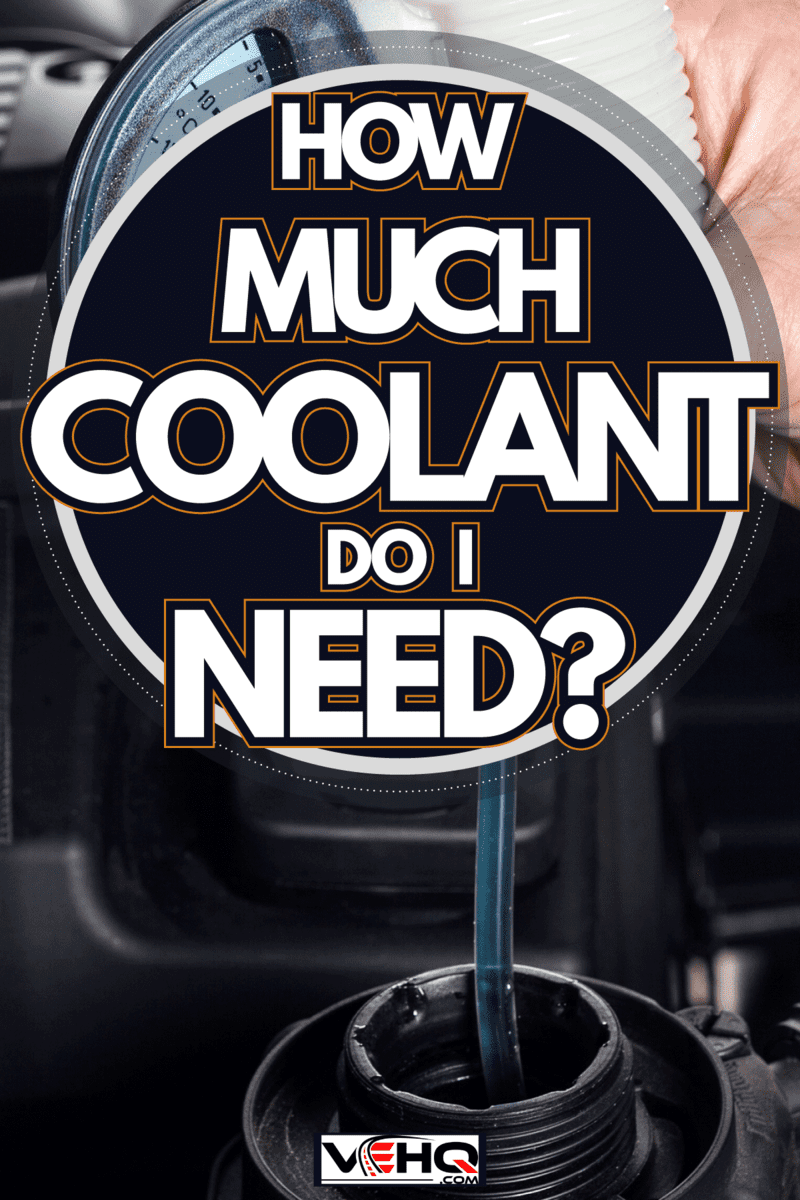
Coolant Capacity
Before we proceed, let's clarify one common terminology issue.
Modern coolant solutions help both in cooling down an engine and in preventing its freezing during frigid weather. Thus, it is safe to say that modern coolants and antifreeze products are one and the same.
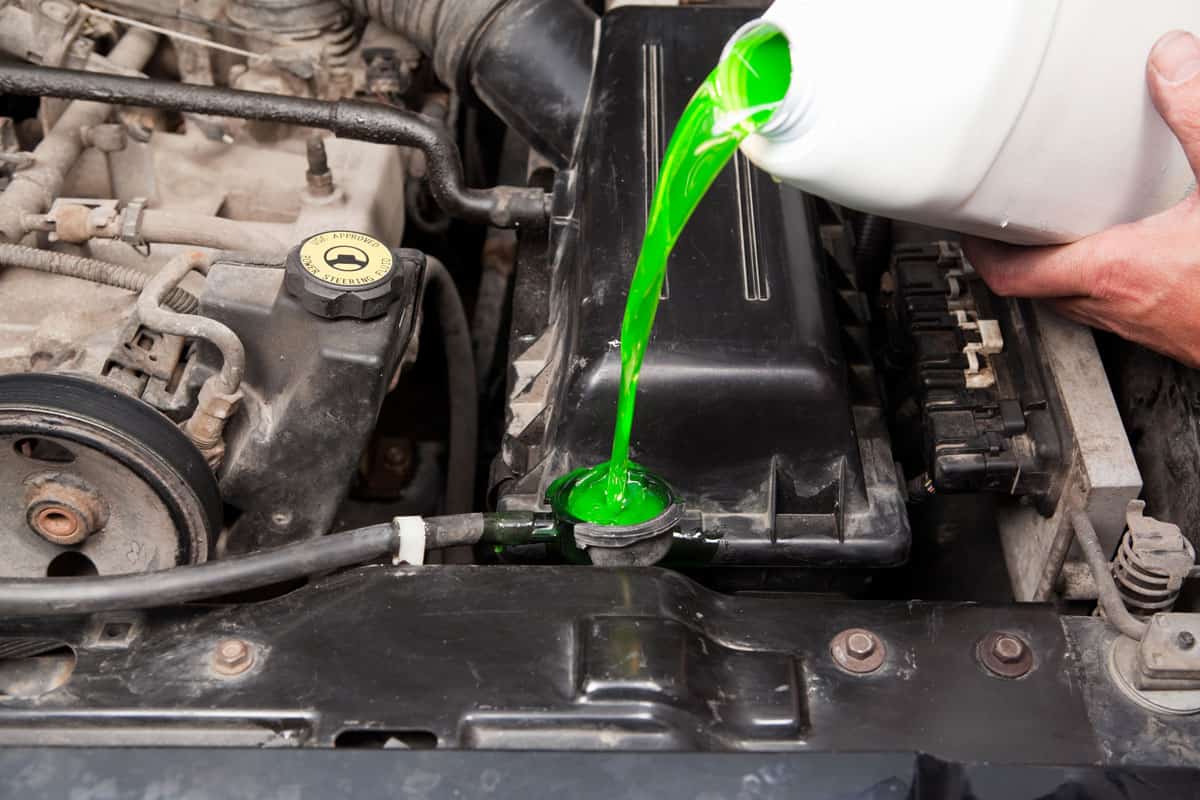
Now let's continue.
Having the right amount of coolant in your vehicle's cooling system is very important.
If you don't have enough coolant, then your engine may overheat during normal operation. If you have too much, then you run the risk of:
- Splashing hot coolant solution into your car's electrical components
- Rupturing your cooling system's hoses or reservoir
- Spilling toxic coolant solution that can poison people, animals, and the environment in general
To avoid these underfilling and overfilling problems, all car manufacturers specify the coolant capacity of the vehicles that they produce. It is always best to refer to your vehicle's manual to know your car's coolant capacity and specifications.
Coolant Capacity - Some Examples
Coolant capacity often depends on engine displacement and design. The more power an engine produces, the hotter it gets, and the higher its cooling requirements are.
Below are some examples of the manufacturer-specified coolant capacities for vehicles with different engines.
Up to 1.0-liter Engines
Hyundai Eon 800cc gasoline engine: 3.5 liters coolant
Toyota Wigo 1.0-liter gasoline engine: 4 liters coolant
1.1 to 2.0-liter Engines
Honda Fit 1.5-liter gasoline engine: 4.9 liters coolant
Honda Civic 2.0-liter gasoline engine: 6 liters coolant
2.1 to 4.0-liter Engines
Toyota Camry 2.5-liter gasoline engine: 6.9 liters coolant
Lexus RX350 3.5-liter gasoline engine: 8.4 liters coolant
4.1 to 6.0-liter Engines
Ford F150 Lariat 5.0-liter gasoline engine: 13.2 liters coolant
Toyota Land Cruiser 200 5.7-liter gasoline engine: 16.7 liters coolant
6.1 to 8.0-liter Engines
Chevrolet Silverado 6.6-liter Duramax LML diesel engine: 24 liters coolant
Ford F250 6.7-liter Powerstroke diesel engine: 33.2 liters coolant
8.0 to 10.0-liter Engines
Bugatti Chiron 8.0-liter gasoline engine: 37 liters coolant
Dodge SRT Viper 8.4-liter gasoline engine: 15 liters coolant
Above 10.0-liter Engines
Volvo D13 12.8-liter diesel engine: 50 liters coolant
Freightliner truck with Detroit DD15 14.8-liter diesel engine: 60 liters coolant
Importance Of Coolants
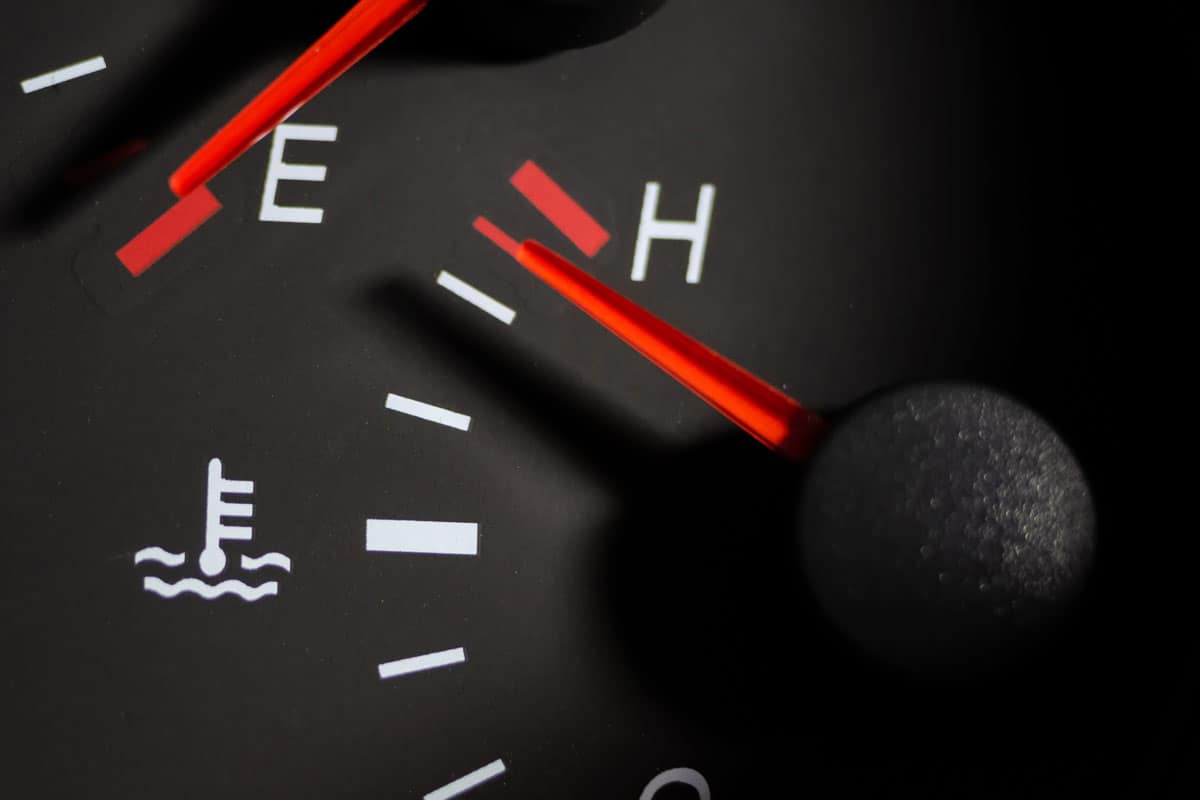
Modern internal combustion engines (ICE) retain approximately a third of the heat that it produces.
Without a proper cooling system, ICE units can be as hot as 1,500 degrees Fahrenheit. To illustrate this temperature better, aluminum melts at 1,200 degrees Fahrenheit.
A car's cooling system, which includes the coolant, regulates this heat. Water is the primary medium for absorbing and dissipating heat, but water alone is not enough. It cannot protect the engine's parts well from corrosion and friction.
Coolant products raise the boiling temperature of water. Additionally, they also act as the lubricating and protective agent for the water pump, head gasket, and many engine components.
At the other end of the temperature spectrum, the coolant solution also serves as the antifreeze solution during extremely cold weather.
The base chemical of coolants significantly lowers the freezing point of water, preventing the coolant solution in the engine block and the radiator from icing up.
What Type Of Coolant Should I Use?
Different cars require different types of coolants. While all coolant products are glycol-based, they differ mostly because of their additives. Check your car's manual for the specific type of coolant that it needs.
Do keep in mind that nowadays, coolant color is no longer an accurate basis for coolant type.
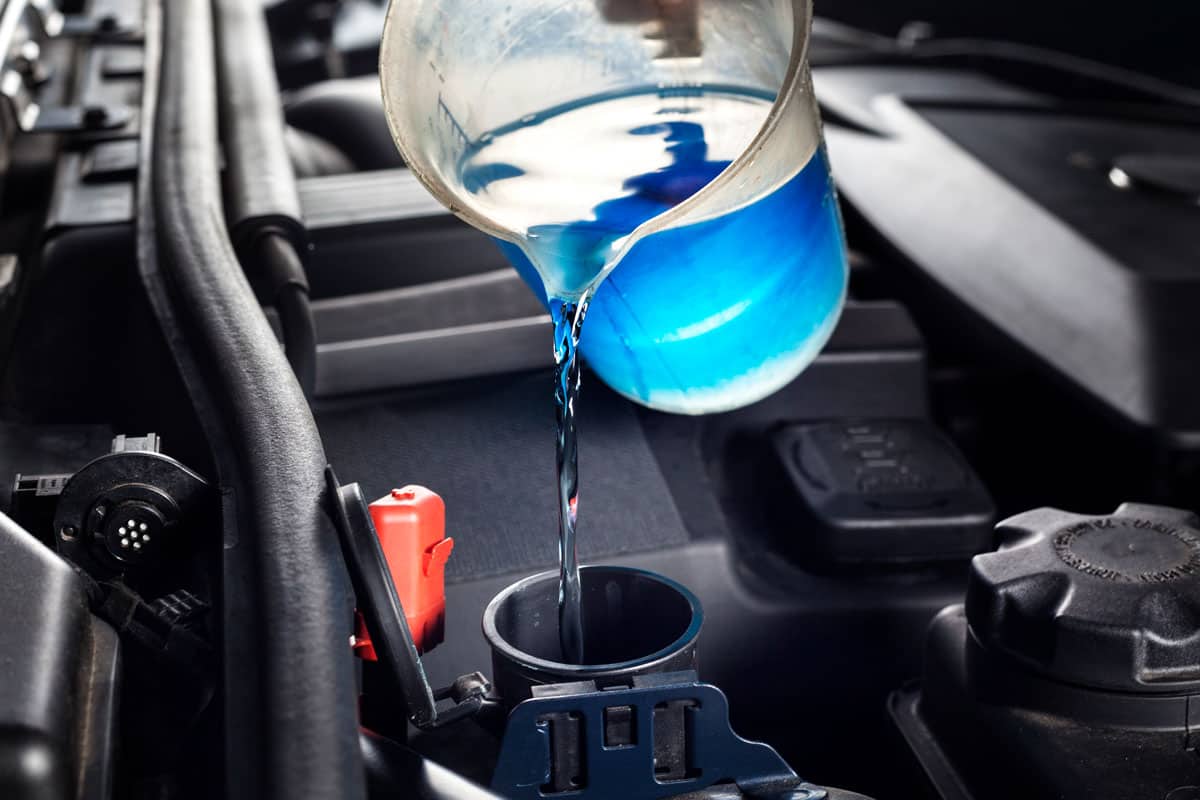
Inorganic Acid Technology (IAT) Coolants
IAT coolants have inorganic additives that protect old, iron-block engines well from corrosion. Most brands of IAT coolants last for 30,000 miles.
Organic Acid Technology (OAT) Coolants
OAT coolants have purely organic additives, and they work better for newer aluminum-block engines. They offer less protection, but they last about three times longer than IAT coolants.
Hybrid Organic Acid Technology (HOAT) Coolants
HOAT coolants have both inorganic and organic additives. The organic additives prolong coolant life while the inorganic additives offer better engine protection.
Lobrid Coolants
"Lobrid" coolants are a sub-classification of HOAT coolants. However, compared to HOAT coolants, Lobrid coolants use more organic additives than inorganic ones. Two examples of Lobrid coolants are:
- P-OAT coolants - Phosphated Organic Acid Technology
- Si-OAT coolants - Silicated Organic Acid Technology
Concentrated vs Pre-diluted
As mentioned previously, water is still the best medium for heat transfer. As such, almost all coolant products need to be in a 50/50 solution with water before they are poured into a car's cooling system.
Most coolant products come either as a concentrate or as a pre-diluted solution.
Concentrated Coolants
Coolant concentrate products cannot be used directly. Most concentrated coolant products need to be diluted with distilled water into a 60/40 or 50/50 solution before usage. Concentrated products are cheaper to use, but they require a bit of work.
Check out this HOAT coolant concentrate on Amazon.
Pre-diluted Coolants
Coolant manufacturers recognize the hassle of mixing coolant concentrates correctly. This is why many of these manufacturers offer pre-diluted or pre-mixed coolant products. These pre-diluted coolants are more expensive, but they are much more convenient to use.
Visit Amazon and see the offer on this best-selling pre-diluted coolant.
Is It Okay to Mix Different Antifreeze Types?
The different types of coolants have been specifically formulated for the specific requirements of different cars. Mixing different types of coolants can negate their individual properties and lead to inefficient performance or even engine damage.
For instance, IAT and OAT coolants can negate each other's best attributes when mixed. Furthermore, mixing different types of coolants can result in a more viscous compound that may not flow well through the cooling system.
Finally, mixing different coolants can cause sediments or clogs that can cause engine overheating and damage.
There are aftermarket coolant manufacturers that claim that their coolant products can be mixed with any other coolant type. However, we recommend that you follow your vehicle's manual for coolant specifications.
How Does Coolant Work?
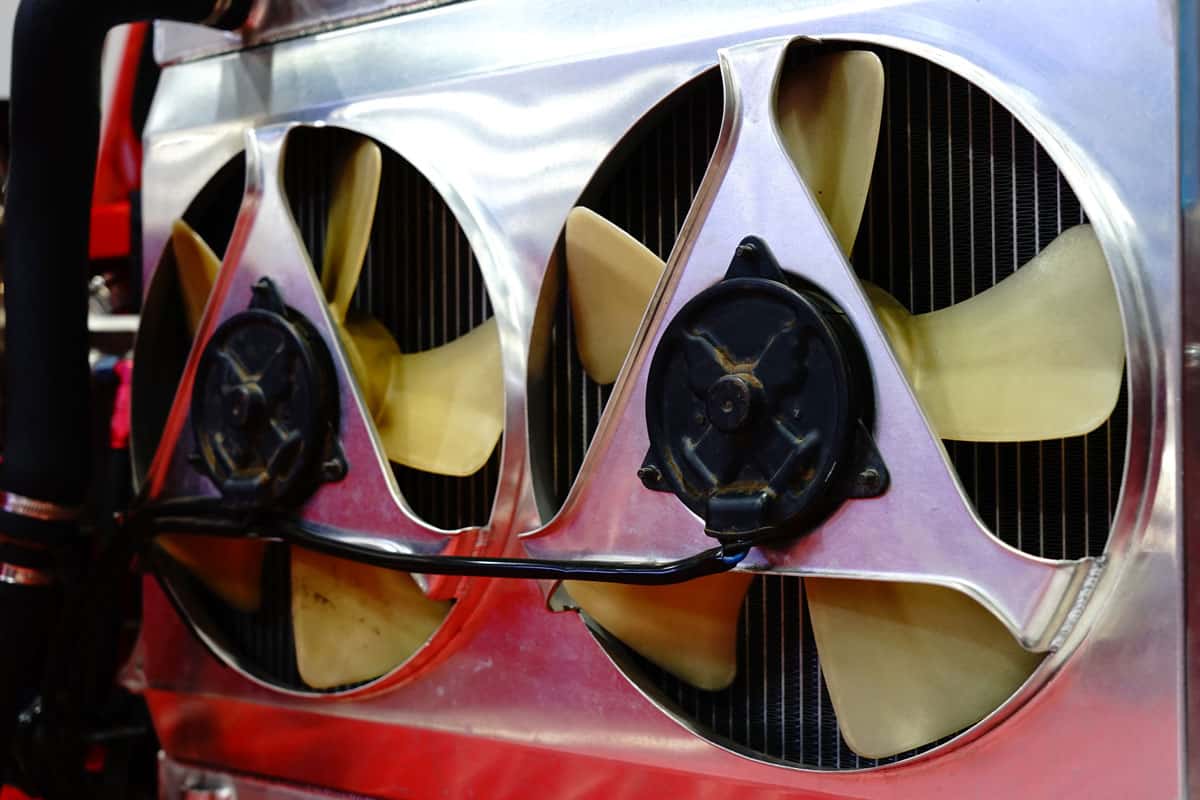
When the engine is not running, the coolant solution is at rest inside your reservoir, radiator, hoses and tubes, heater core, and the engine's "water jacket". The water jacket pertains to the coolant passageways and galleries inside the engine block.
When the engine is running, the water pump forces the coolant to circulate in the coolant system. The higher the engine RPM is, the harder the water pump works to circulate the coolant faster.
The coolant solution in the water jacket absorbs the heat produced by the engine's internal combustion operation. This heated coolant, in turn, flows from the engine into the radiator via tubes and hoses.
Using the cool airflow from the vehicle's movement as well as from the cooling fans, the radiator dissipates the coolant's heat into the air.
If you use your cabin heater, some of the heated coolant flows through a smaller version of the radiator called the heater core. With the help of an air vent or a blower, the heater core can dissipate some of the coolant's heat into the car's cabin.
Once the coolant liquid passes down through the radiator, it becomes cool enough for another cycle.
How Do I Check My Coolant Level?
To check your coolant level accurately and safely, you need to park the car on level ground, turn the engine off, and wait until the engine cools down completely.
Once the engine has cooled down, follow these steps:
- Open the hood and ensure that it is locked in the open position.
- Locate the reservoir/expansion tank. It is usually a white, translucent container near the radiator.
- Check the coolant level from the outside. In a cool engine, the coolant level should be between the minimum and maximum line on the reservoir.
If the coolant level is:
- Close to or below the minimum line - you need to add more coolant.
- Above the maximum line - you need to drain some of the excess coolant liquid.
- Empty - you need to add more coolant into the reservoir and possibly into the radiator. You may need to check your cooling system for leaks.
Wrapping Up
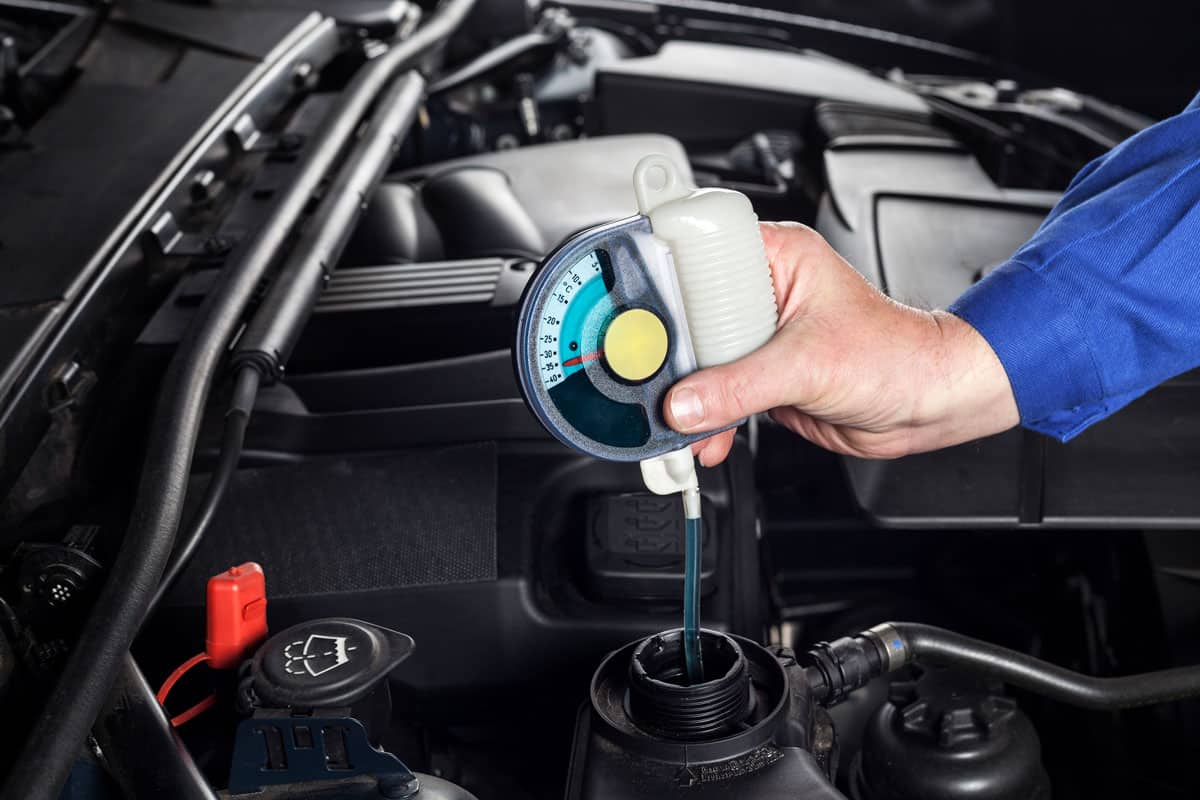
The amount of coolant you need depends on your engine's size and design. The smallest water-cooled engines may need as little as 3 liters of coolant, while the biggest semi-truck engines can hold up to 60 liters of coolant solution.
It is always best to check your vehicle's manual for your coolant capacity and specifications.
Thank you very much for reading, and we hope that we were able to help you understand more about coolants.
For more interesting automotive reads, check out these links below:
What Color Coolant Does Ford Use
How To Keep Transmission Cool When Towing
Can You Add Coolant When Car Engine Is Hot?


